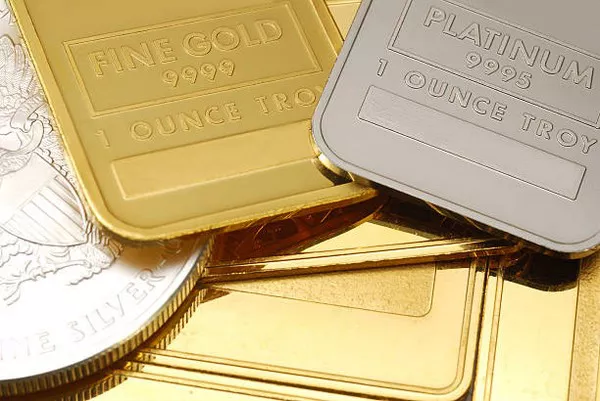As economic conditions evolve, gold is signaling a counter-cyclical backdrop that could diverge from conventional market perceptions. The gold mining industry, due to its leverage to gold’s macro relationships, is poised to respond in ways that were not feasible during prolonged inflationary periods.
Our forecast of a “Goldilocks” market recovery, characterized by moderate inflation, has materialized over the past year, led by the resurgence of Tech/Growth stocks. Recent upticks in macro inflation were anticipated, aligning with Treasury yields bottoming out and various inflation indicators emerging. However, this bump in inflation signals may counteract the ongoing trend towards interim deflationary pressures in the markets.
Looking ahead, we anticipate a repetition of the market trajectory seen in 2021-2022 extending into 2023. On this shorter time frame, we may witness a sequence of events: Inflation Anxiety > Goldilocks > Liquidity Problems. Our ongoing thesis suggests that deflationary concerns may be postponed until after the US presidential election, characterized by political tensions and potential inflationary measures.
Without delving into broader social and political commentary, it’s evident that those in power are likely to utilize inflationary policies to maintain control, which could further bolster gold’s position relative to inflation-dependent markets on a global scale.
Transitioning to gold-centric market perspectives, the counter-cyclical nature of gold versus economically cyclical markets will guide macro trends that may not align with mainstream perceptions.
Gold’s Performance Relative to Inflation Expectations and Commodities
Gold’s performance against an ETF reflecting “inflation expectations” (RINF) has trended upward since Q4 2023, despite common narratives around inflationary pressures.
Similarly, gold has sustained an uptrend against the broader commodity complex (represented by DBC) since late 2023, signaling resilience amid broader market dynamics.
In the context of specific commodities, gold’s ratio to copper—a quintessential cyclical metal—has shown resilience, maintaining an upward trend despite fluctuations.
Of particular importance to the energy-intensive gold mining sector, the Gold/Oil ratio (GOR) is on the verge of a potential breakout, underscoring the industry’s sensitivity to energy prices.
These market dynamics highlight gold’s evolving role in the face of shifting economic landscapes, providing insights beyond surface-level interpretations of conventional economic trends. As macro conditions continue to unfold, gold’s counter-cyclical nature could offer unique perspectives on broader market directions.


